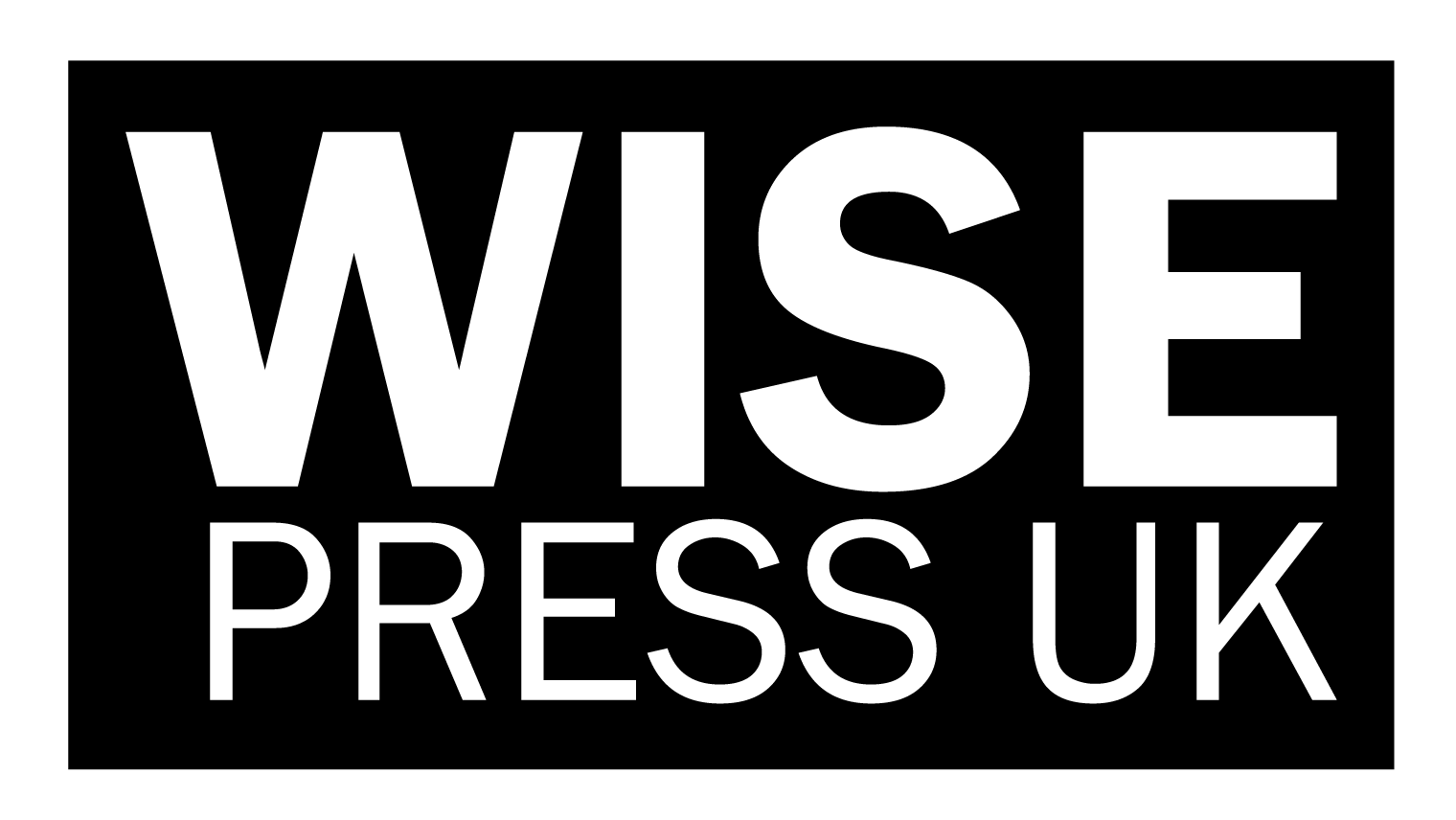Coping and Quality of Life Differences between Emergency and Rehabilitation Healthcare Workers
DOI:
https://doi.org/10.61707/eaddzg36Keywords:
Quality, Emergency, HealthcareAbstract
Introduction. Work-related stress and poor quality of life are significant issues for healthcare professionals dealing with patients who suffer. This study focuses on coping mechanisms and quality of life for workers in emergency and rehabilitation health settings. Therapeutic interventions are needed to improve quality of life for affected professionals and preventively. Front-line jobs in emergency services lead to intense physical and psychological workloads. Rehabilitation professionals face burnout due to low recovery rates of patients. The objective is to compare stress coping strategies and quality of life profiles of emergency and rehabilitation staff. The results confirm the poor quality of life among these professionals, with lower scores in physical and mental health for rehabilitation workers. No major differences were found in stress coping strategies between emergency and rehabilitation workers. These results have implications. Methods. Semi-structured interviews conducted with healthcare professionals during the COVID-19 pandemic were analyzed using stress and coping constructs. Data from 16 interviews were subject to thematic analysis to understand stress and coping differences between emergency care and rehabilitation professionals. Findings showed that occupational roles and coping goals influenced stress perception and response, with variations between roles. Challenges and quality of life differed based on experience, working environment, and patient communication. Results: Themes based on responses to the COVID-19 pandemic differed between the two healthcare roles. The development of professional roles, informal communication, and fear of infection were common to both emergency care and rehabilitation teams. This study suggests the need to analyze experience and working environment when addressing coping strategies for healthcare workers. Conclusion. On one hand, the ER action can cause emotional distancing and tension in professionalism, and negatively affect the quality of life of workers, giving direction to the results obtained; on the other hand, taking care of patients in rehabilitation departments facilitates the attachment of healthcare workers and encourages assistance in case of crisis and post-traumatic growth. These differences will be further investigated and must be remembered in the clinical, professional, strategic, and political approach to the problems faced during the working life of ER and RDHCWs. When operating in the emergency, privacy and availability of trained personnel able to identify and cope with the various crises are aspects that influence the assistance and activities of primary care, which often can be carried out more effectively in rehabilitation facilities. Characteristics such as sustainability, social interaction, and person-centered care should be a feature of the organization of healthcare more broadly, also identifying these characteristics in the context of a global pandemic. The study is innovative, has few limitations, and shows practical implications. We believe that the presented results will stimulate interest and research, putting the focus on the evaluation and well-being of the healthcare worker. Accordingly, the study contributes to a better understanding and investigation of ER and RDHCWs during a pandemic response, while also identifying the differences in methods of coping and quality of life. The setting of this study is part of a research program that we are preparing together with health authorities, thus also having a direct application and impact on health policies. Finally, the large number of answers obtained on a national level, albeit in a single region, gives an overview of the state of health of the operators in Tuscany, providing data that must be further verified in order to confirm these
Downloads
Published
Issue
Section
License

This work is licensed under a Creative Commons Attribution-NonCommercial-NoDerivatives 4.0 International License.
CC Attribution-NonCommercial-NoDerivatives 4.0



